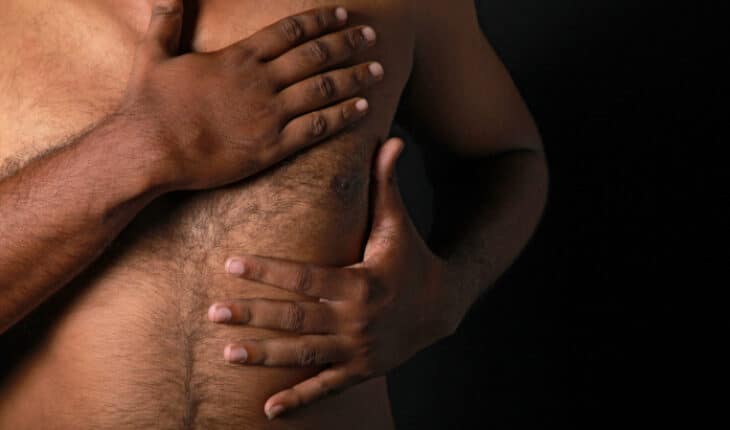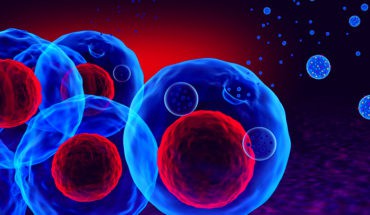Breast cancer differences for sexes: gaps identified in male breast cancer management and treatment.
A comprehensive review of all scientific research into male breast cancer over the past 20 years has identified major differences between the male and female conditions which could have major implications for both treatment and screening.
The review of all the published scientific evidence from 1992 to 2021 highlights distinct differences between male and female breast cancer, however, current diagnosis and treatment for male breast cancer is based primarily on the female model.
World-leading cancer expert Professor Valerie Speirs, Chair in Molecular Oncology at the University of Aberdeen, alongside colleagues from the University and NHS Grampian examined scientific papers published in the last 29 years to identify knowledge gaps that exist in male breast cancer. Their findings are published in The Lancet Oncology where a podcast on the paper is also available.
Professor Speirs explains: “For decades male breast cancer has been understudied, and because men tend to visit their GP much later with symptoms the outcome for men can be worse than women. However, things are starting to change and there has been real progress in this area over the last decade.
“With around 400 men diagnosed per year in the UK (compared to nearly 66, 000 women; 150 per day), it can be challenging to find enough samples to further our knowledge experimentally. That is why it is vital that we look at what we already know in the way we have with this review.”
One major difference the review identified was the way sex hormones influence male breast cancer. While both men and women have circulating male and female hormones, in men with breast cancer, the way their bodies, respond to some hormones differed to females. Also, surprisingly, breast tumours from males with breast cancer were found to have higher levels of oestrogen receptors than females with breast cancer.
Further differences were found in the presence of certain proteins, called biomarkers, which were more abundant in male breast cancer. This suggests that with further investigation, these could be examined in more detail to try and develop treatments which could target them.
Distinctions in molecular subtypes between male and female breast cancer were also found. These different types of breast cancer can dictate the best treatment and outcomes for patients. Although it has been known for some time that there are molecular subtypes in female breast cancer, the review establishes that knowledge around this in males is lacking.
The review also highlighted the need to consider ethnicity. Male breast cancer incidence is reportedly 2 to 2.5-fold higher in Black men. To date no molecular studies have investigated this.
Professor Speirs explains: “Male breast cancer, while still rare, is becoming increasingly common, yet men are treated in exactly the same way as women.
“Scientists are now starting to work more collaboratively to establish bigger collections of male breast cancer samples which allow us to study this in more detail and extend our work beyond just observational findings which can be one of the disadvantages of studying a rare illness.
“From my interactions with men with breast cancer they are crying out for specific research to be done on the male version of the disease.
“Our investigation has identified gaps that need to be filled which in the long term which could eventually inform the standard of care, and that’s something that men really want.”
- Gut microbiome could delay onset of type 1 diabetes - 3rd April 2025
- The da Vinci 5 Robot Is Set To Transform Bariatric Care: - 31st March 2025
- Beyond money: the hidden drivers fuelling child food insecurity - 31st March 2025






